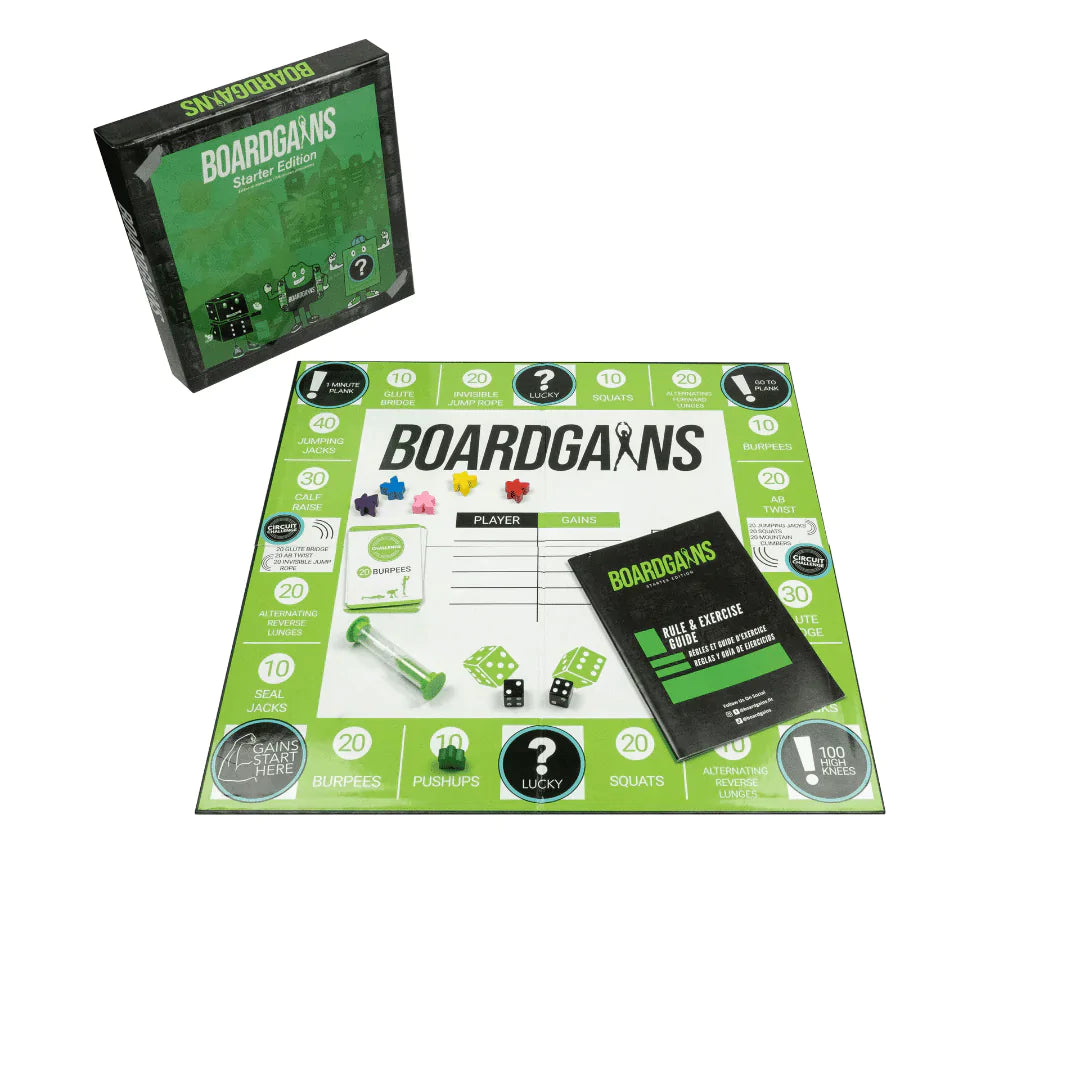In today's digital age, it's more important than ever to encourage kids to engage in regular physical activity. Exercise not only helps maintain a healthy weight and prevent chronic health issues but also contributes to their overall well-being. In this comprehensive guide, we'll explore the seven key benefits of exercise for kids and provide tips on how to make physical activity an enjoyable part of their daily routine.
The Importance of Regular Exercise for Children
The World Health Organization (WHO) recommends that children aged 5-17 years engage in at least 60 minutes of moderate to vigorous physical activity daily. Regular exercise helps kids develop strong muscles and bones, maintain a healthy weight, and reduce the risk of developing chronic health conditions like diabetes and heart disease.
Key Benefits of Exercise for Kids
Benefit 1: Physical Health
Exercise is essential for maintaining a healthy weight and preventing obesity, which is a growing concern among children today. Regular physical activity also helps to build strong bones and muscles, improve cardiovascular fitness, and reduce the risk of chronic health issues like diabetes, heart disease, and some cancers.
Benefit 2: Mental Health
Physical activity has been shown to improve mental health in children by reducing symptoms of anxiety and depression. Exercise releases endorphins, which are natural mood elevators, helping to create a sense of well-being and happiness.
Benefit 3: Emotional Well-Being
Exercise can help kids develop better self-esteem and self-confidence. As they become more proficient in various physical activities, they feel a sense of accomplishment and pride in their abilities. Additionally, exercise can serve as a healthy way for kids to cope with stress and manage their emotions.
Benefit 4: Improved Cognitive Skills
Studies have shown that regular physical activity can improve cognitive skills in children, including attention, memory, and problem-solving. Exercise increases blood flow to the brain, which supports the growth and development of brain cells and neural connections.
Benefit 5: Enhanced Social Skills
Many forms of exercise, such as team sports and group classes, provide opportunities for kids to develop social skills like communication, cooperation, and teamwork. Participating in group activities can also help children build lasting friendships and a sense of belonging.
Benefit 6: Establishing Healthy Habits
Introducing exercise at a young age helps kids establish healthy habits that can last a lifetime. Children who are active during their early years are more likely to maintain an active lifestyle as they grow older, reducing the risk of chronic health issues and promoting overall well-being.
Benefit 7: Better Sleep
Regular exercise can improve sleep quality in children. Physical activity helps regulate the sleep-wake cycle, making it easier for kids to fall asleep and enjoy a more restful night's sleep.
Age-Appropriate Exercises for Kids
Exercise Ideas for Preschoolers
- Playing tag or hide-and-seek
- Jumping on a trampoline
- Dancing to music
- Riding tricycles or scooters
- Participating in toddler gymnastics or yoga classes
Exercise Ideas for School-Aged Children
- Swimming or playing water games
- Joining a soccer, basketball, or baseball team
- Participating in martial arts or dance classes
- Hiking or nature walks
- Jump rope, hopscotch, or hula hoop activities
Exercise Ideas for Teenagers
- Joining a school sports team or club
- Participating in group fitness classes, such as yoga, Pilates, or spinning
- Engaging in individual activities like jogging, cycling, or swimming
- Taking up a new sport, such as tennis, golf, or skateboarding
- Participating in outdoor adventure activities like rock climbing, kayaking, or mountain biking
Tips for Encouraging Kids to Exercise
- Be a positive role model by engaging in regular physical activity yourself.
- Provide a variety of age-appropriate exercise options to prevent boredom and maintain interest.
- Encourage group activities and team sports to promote social interaction and a sense of belonging.
- Set realistic goals and celebrate achievements, no matter how small.
- Limit screen time and promote active alternatives, such as outdoor play or family walks.
Overcoming Common Exercise Obstacles
- Lack of time: Incorporate exercise into daily routines, such as walking or biking to school, or scheduling regular family outings that involve physical activity.
- Limited access to facilities or equipment: Utilize local parks, playgrounds, or community centers, or invest in affordable at-home equipment like jump ropes or exercise balls.
- Disinterest or lack of motivation: Offer a variety of activities and allow kids to choose the ones they enjoy most. Encourage them to participate in group activities or sports with friends.
Conclusion
The benefits of exercise for kids are numerous and wide-ranging, impacting their physical, mental, emotional, and social well-being. By understanding these benefits and providing age-appropriate exercise opportunities, parents and caregivers can help set children on the path to a healthy, active lifestyle that will serve them well into adulthood.
Frequently Asked Questions (FAQs)
1. How can I motivate my child to exercise?
Offer a variety of activities to keep them engaged, encourage group activities and team sports, set realistic goals, and celebrate achievements. Be a positive role model by engaging in regular physical activity yourself.
2. What if my child isn't interested in traditional sports?
There are many non-traditional sports and activities your child can participate in, such as dance, martial arts, or outdoor adventure activities. Encourage them to explore different options to find something they enjoy.
3. How much exercise should my child get each day?
The World Health Organization (WHO) recommends at least 60 minutes of moderate to vigorous physical activity daily for children aged 5-17 years.
4. How can I help my child overcome exercise obstacles like lack of time or limited access to facilities?
Incorporate exercise into daily routines, such as walking or biking to school, or schedule regular family outings that involve physical activity. Utilize local parks, playgrounds, or community centers, or invest in affordable at-home equipment like jump ropes or exercise balls.
5. Can exercise help improve my child's academic performance?
Yes, research has shown that regular physical activity can improve cognitive skills in children, such as attention, memory, and problem-solving. Exercise increases blood flow to the brain, supporting the growth and development of brain cells and neural connections.










Leave a comment
This site is protected by hCaptcha and the hCaptcha Privacy Policy and Terms of Service apply.